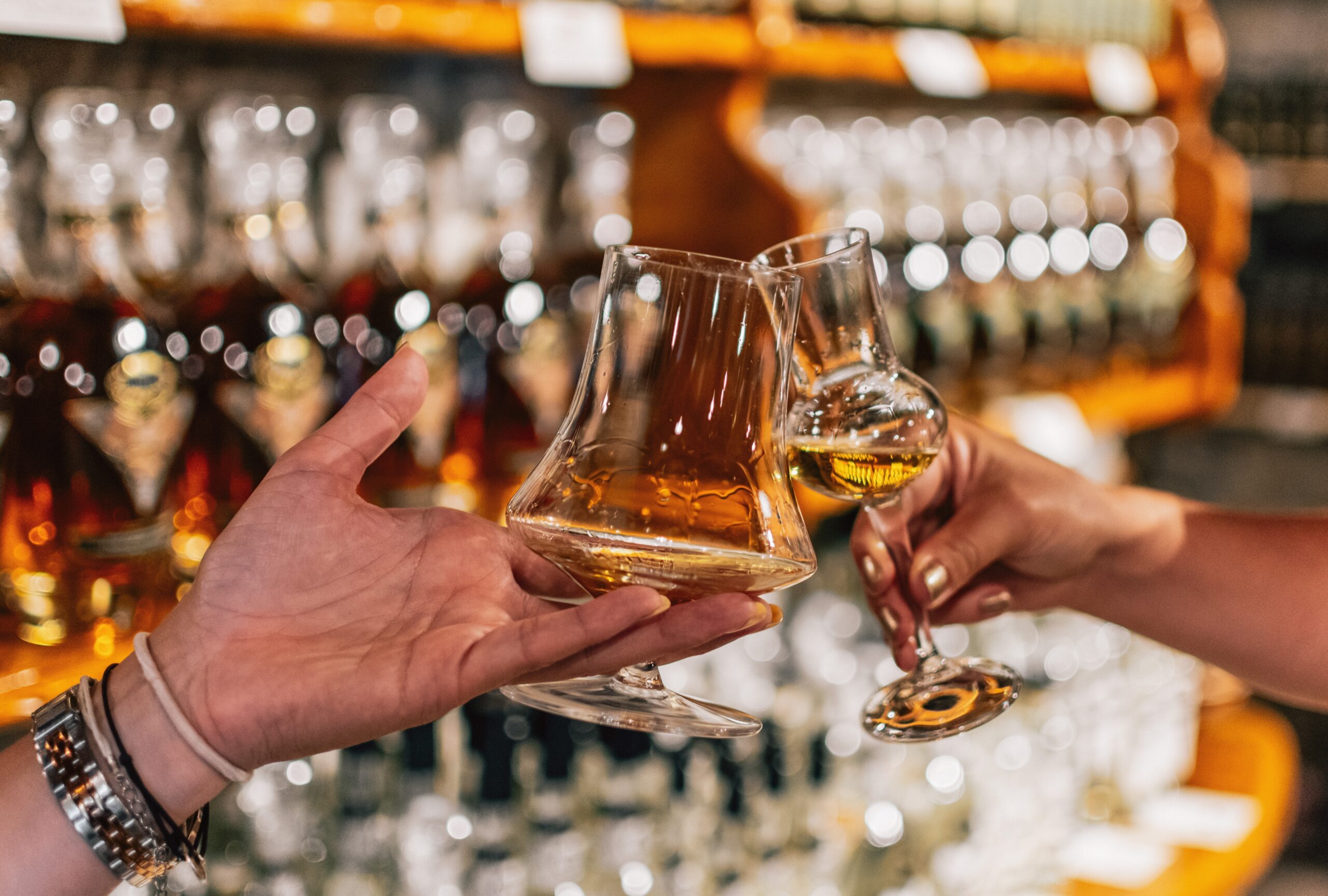How to Import Alcohol into Japan: A Step-by-Step Guide for Global Brands

Japan’s alcohol market is one of the largest in the world, valued at over ¥4 trillion annually, offering lucrative opportunities for global brands. However, importing alcohol—whether whiskey, wine, beer, or spirits—requires navigating a complex web of regulations enforced by multiple government agencies. These include the Ministry of Health, Labour and Welfare (MHLW), Japan Customs, and the National Tax Agency (NTA). Failure to comply can result in delays, fines, or outright rejection of shipments.
This comprehensive guide outlines the key steps for global brands to successfully import alcohol into Japan. From securing an import license to ensuring label compliance and handling taxes, we’ll cover everything you need to know. Whether you’re a small craft distillery or a multinational beverage company, understanding these processes is crucial for market entry in 2025.
Step 1: Obtaining an Import License
The first hurdle in importing alcohol to Japan is securing the necessary import license. Under Japan’s Liquor Tax Law, all importers must be licensed by the NTA. If you’re a foreign brand without a local entity, you’ll typically partner with a licensed Japanese importer or distributor.
To apply:
- Register as an Importer: If establishing a presence in Japan, form a company and apply for a liquor business license via the local tax office. This involves submitting business plans, financial statements, and proof of compliance with food safety standards.
- Use a Local Partner’s License: Many global brands opt for “importation under our license,” where a Japanese partner handles the import under their existing NTA license. This simplifies the process but requires a solid distribution agreement.
- Timeline and Costs: Applications can take 1-3 months, with fees ranging from ¥30,000 to ¥100,000 depending on the license type (e.g., wholesale vs. retail).
Without this license, your shipment won’t clear customs. Pro tip: Consult a Japanese customs broker early to avoid pitfalls in “Japan alcohol import guide” searches.
Step 2: Product Information Review
Before shipping, conduct a thorough review of your product’s information to ensure it meets Japanese standards. This step involves verifying ingredients, alcohol content, and production methods against regulations.
- Ingredient Disclosure: All alcohol products must list ingredients, allergens, and additives. Japan prohibits certain preservatives or colorants common in other markets.
- Alcohol Content Verification: Spirits must be classified correctly (e.g., whiskey over 40% ABV). Use NTA guidelines to categorize your product.
- Documentation Preparation: Prepare certificates of analysis (COA) from accredited labs, origin certificates, and manufacturing process details.
This review prevents rejections during later stages. For global brands, aligning with “importing liquor to Japan” best practices can save time and reduce costs.
Step 3: Food Sanitation Act Testing
Japan’s Food Sanitation Act (FSA) mandates rigorous testing to ensure imported alcohol is safe for consumption. The MHLW oversees this, requiring tests for contaminants, heavy metals, and microbial safety.
- Testing Requirements: Submit samples to an MHLW-registered lab in Japan or an approved overseas facility. Tests cover pesticides, mycotoxins, and additives like sulfites in wine.
- Quarantine Inspection: Upon arrival, products may undergo quarantine at ports like Tokyo or Yokohama. This includes sensory tests for off-flavors or odors.
- Exemptions and Fast-Tracking: Familiar brands with prior approvals can sometimes bypass full testing, but new entrants should budget ¥50,000-¥200,000 per product line.
Compliance here is non-negotiable; non-passing products are destroyed or returned at your expense. SEO tip: Optimize for “Food Sanitation Act Japan” to attract brands researching safety protocols.
Step 4: Japanese Label Compliance
Labeling is a critical aspect of “Japanese alcohol labeling” regulations, governed by the FSA and Liquor Tax Law. Labels must be in Japanese, accurate, and include specific details to avoid misleading consumers.
- Mandatory Elements: Include product name, alcohol content (in % vol), net volume, importer’s name/address, country of origin, and warnings (e.g., “Drink responsibly” for those over 20).
- Design and Translation: Avoid claims like “organic” without certification. Use JAS (Japan Agricultural Standards) for applicable products. Professional translation services are recommended to prevent errors.
- Pre-Approval: Submit label drafts to the MHLW for review. Non-compliant labels must be affixed or corrected post-import, adding costs.
Global brands often redesign packaging for Japan, incorporating cultural elements to boost appeal. This step ensures your product stands out on shelves while meeting legal standards.
Step 5: Customs Clearance & Alcohol Tax Registration
Customs clearance is the gateway to the Japanese market, handled by Japan Customs. Simultaneously, register for alcohol taxes with the NTA.
- Declaration Process: File an import declaration (Form C-5020) via the NACCS system, including invoices, packing lists, and certificates. Duties range from 0-20% based on product type (e.g., free for most wines under trade agreements).
- Alcohol Tax Registration: Taxes are excise-based: ¥200-¥400 per liter for beer, up to ¥1,000 for spirits. Register your product for tax stamps if required.
- Inspection and Release: Customs may inspect for quantity discrepancies or counterfeits. Clearance typically takes 1-3 days if documents are in order.
Leverage FTAs like CPTPP for reduced tariffs. For “customs clearance Japan alcohol,” partnering with a freight forwarder streamlines logistics.
Step 6: Importation Under Our License
If you’re not licensed directly, importation under a partner’s license is a strategic option. This involves:
- Selecting a Partner: Choose a reputable importer with NTA approval. They handle all regulatory filings on your behalf.
- Contract Essentials: Include clauses for exclusivity, marketing support, and liability sharing.
- Monitoring and Compliance: Even under their license, ensure ongoing adherence to updates in regulations, such as 2025’s potential FSA amendments.
This approach minimizes entry barriers for global brands, allowing focus on sales and marketing.
Challenges and Tips for Success
Importing alcohol to Japan isn’t without challenges: language barriers, strict timelines, and evolving regulations (e.g., sustainability requirements). Common pitfalls include underestimating testing costs or label revisions.
Tips:
- Engage experts: Use consultants specializing in “alcohol tax Japan” and import logistics.
- Budget Accordingly: Expect total costs of ¥500,000-¥2 million for initial imports.
- Stay Updated: Monitor NTA and MHLW websites for changes.
- Market Insights: Japan’s premium segment favors unique global brands—position yours accordingly.
By following this “Japan alcohol import guide,” global brands can tap into a discerning consumer base. With proper planning, your products could soon grace izakayas and supermarkets nationwide.
Conclusion
Successfully importing alcohol into Japan demands meticulous preparation across licensing, testing, labeling, and customs. This step-by-step process, while rigorous, opens doors to a vibrant market. For brands ready to expand, starting with a licensed partner and thorough compliance checks is key. If you’re gearing up for importation, consult professionals to ensure a smooth launch in 2025.



